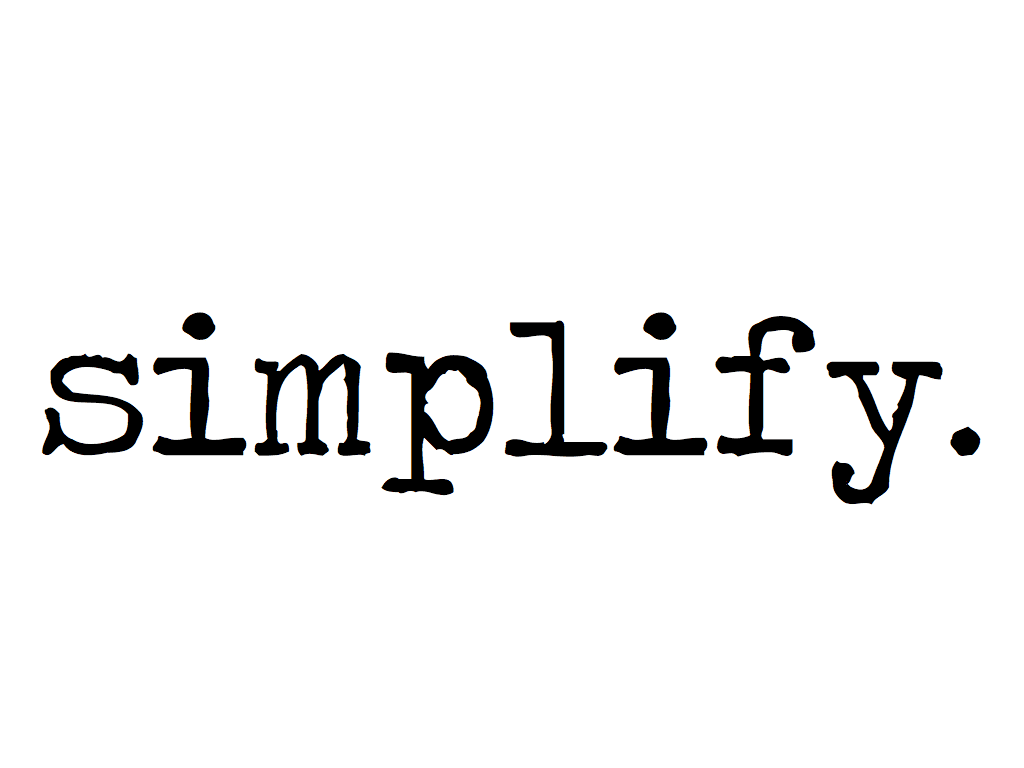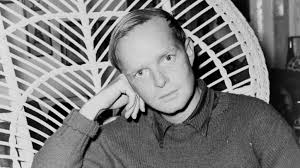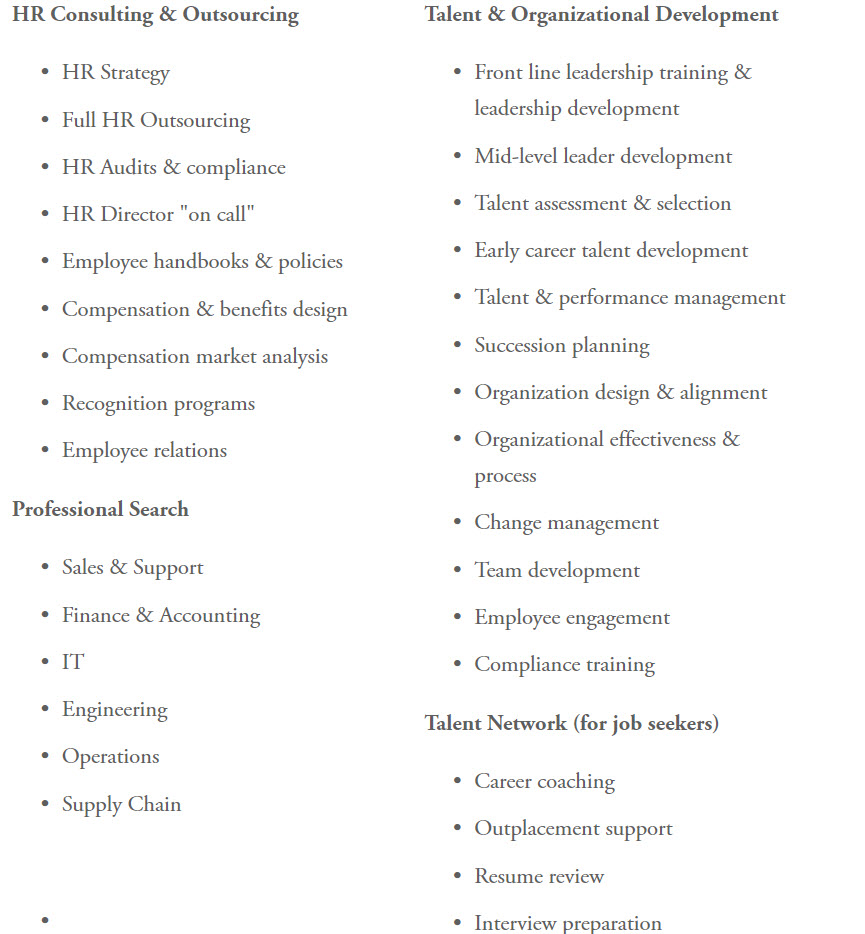Coty’s Latest Marketing Bet.
Coty Inc. has not been doing very well of late. It’s stock is down 66% according to the NYT. Coty just announced buying a 20% stake in Kim Kardashian West’s cosmetics company. In January, it purchased a chunk of Kardashian’s half-sister Kylie Jenner’s cosmetics company. Seems they are smitten with the beautiful, broadcast and social media stars.
Coty, the highly-leveraged owner of Max Factor and Covergirl, has not shown an ability to market with the times and now has decided to “buy, watch and learn.” I worked at McCann during L’Oreal’s heyday and as most brands were churning out TV spots, L’Oreal worked on one spot all year. Brand building was a complete and total art form. “Let’s track down the designer of the dress, Marisa Tomei wore, in___.”
Today with fast twitch media, cheap digital video and a fickle news cycle, everything is different. Looks like Coty has thrown in the towel and plans to learn from the entertainment industry. Progress?
Advertising and branding have always been part art and part science. If Coty can extract the science from the success of the Kardashian/Jenner ventures, hopefully it can recapture some of the art.
Peace.










